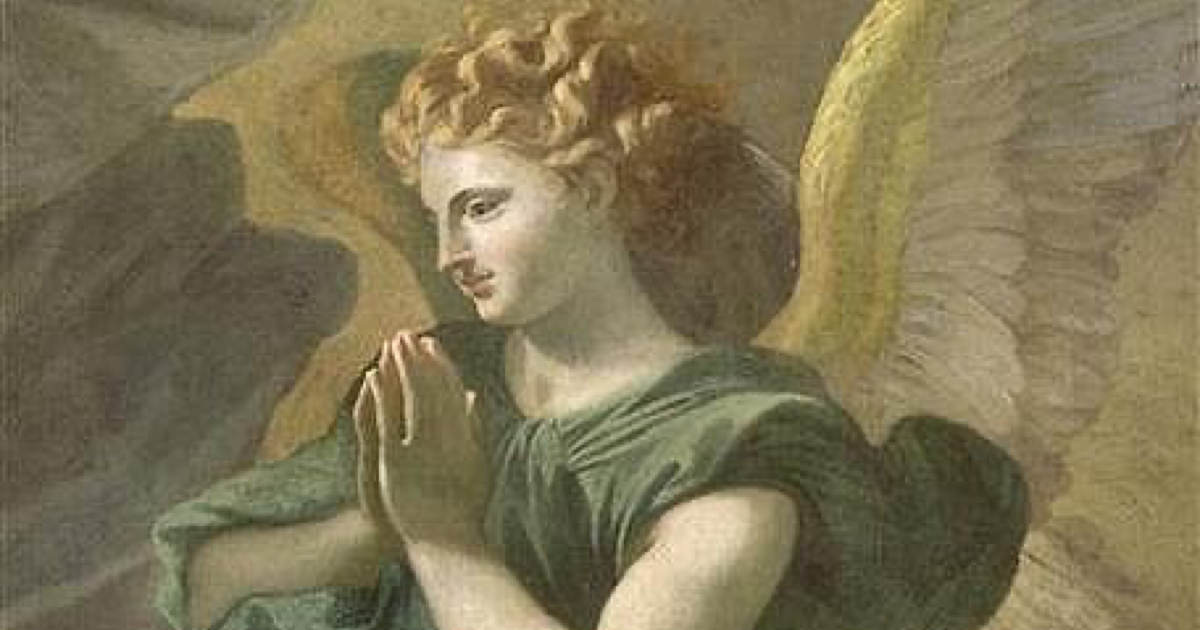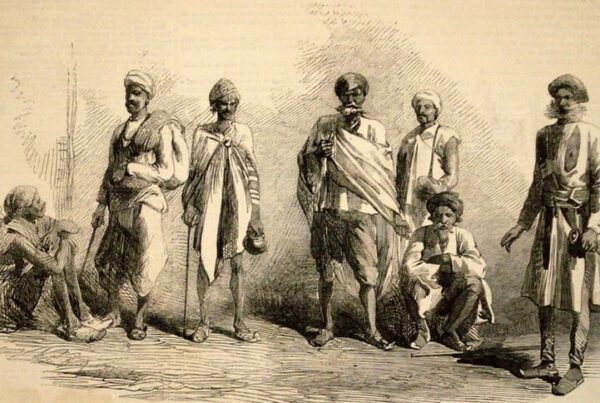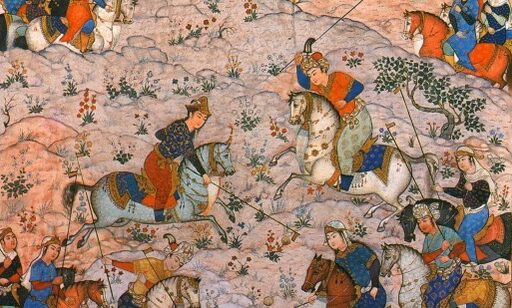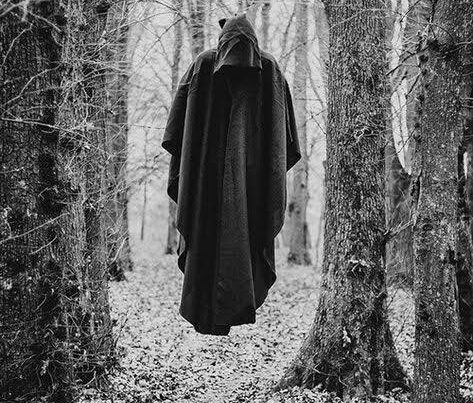In the mythologies and folklores of Chitral in northern Pakistan, Faeries occupy the position of utmost importance and are intrinsic to archaic traditions, culture and everyday life.
Of the Faeries of Chitrali Mythology
Before one could fully grasp the rest of the article, it would first be pertinent to understand the concept of Faeries in Chitral. In very simple words, Faeries which are locally known as ‘Peri’ are beloved to be a special class of Djinns found in mountains of Chitral which are believed by the locals to have a history of easy interaction with the human folk of Chitral.
Whether one has faith in the existence of supernatural beings and Djinns is a question of one’s personal faith and choice, however due to the concrete belief of the existence of Faeries in the Chitrali psyche, we too shall here discuss them as actual entities which are often seen and interacted with and find themselves a position in our mythology.
Concept of Faeries and Faer Society
Faeries are known as Peris in Khowar, deriving their name from the archaic Persian concept of Winged creatures. The faeries of Chitral are believed to be an extremely beautiful class of creatures who occupy high mountain tops and are considered as the most dominant of all the supernatural creatures of Chitrali mythology.
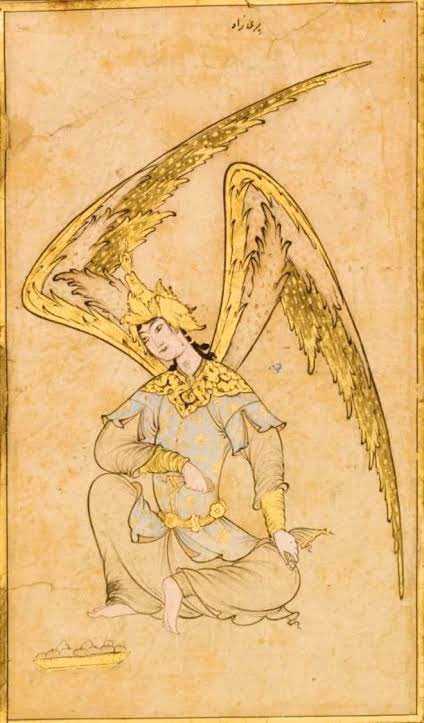
Nature is considered the domain of the fairies and their settlements and cities of faerfolk are believed to be on the mountains. The Terich Mir, tallest mountain of the Hindu Kush, is considered to be their largest settlement and eternal homeland from where their rulers command the rest of the Faer world from inside of a colossal golden palace.
The faeries have their own hierarchal system including Royals and nobility and also intermarry within themselves and often with humans too. The most Nobel and beautiful of these faeries were the daughters of the royals which in the days of yore were called ‘Mēr Xuri’.
Faeries and Markhors
Of all the important part that the faeries played in archaic mythology of Chitral, it was their status as the shepherd to the 2 most important symbolic fauna of Chitral which put them in much higher regard than any other creature. The Faeries were said to shepherd the Markhors and Ibex sheep, the former now regarded as Pakistan’s national animal.
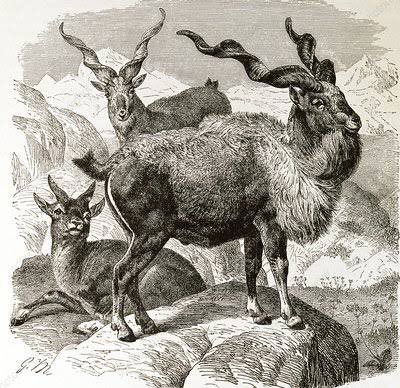
Every herd of these animals were believed to be shepherded and guarded by a special faery known as the ‘Tshawan’. The Tshawan would deny any Hunter from an approach to the cattle, lest the hunters first take permission in one way or the other from the faery. This method of taking permission consisted of 2 parts: Tshentjik (request) and Ishtarēk (offering).
A hunter would refer to the faery shepherds as Nangini (mothers) and request them to be kind enough to lend one amongst their cattle to be taken for hunt. After this one would tie a cloth to a special juniper tree in the area and would offer some baked goods as offering to the Faeries before proceeding for the Hunt.
Now the moment of truth approached, If the offering was accepted by the faery, the hunt would commence and the a single animal in the herd would be successfully hunted but if not the hunter would undergo an extremely interesting ordeal. As the hunter would put his arrow in the bow and prepare to release it, his last gaze at the animal would not he met by the animal but rather by the faery itself! It is said that the fairy would appear as a woman and stand in the spot where her animal was standing in order to dissuade the hunter from shooting.
If some hot headed hunter still commenced with the hunt upon seeing this clear sign from the Faery not to take such a decision, the fairy would go towards retribution, often bringing despair and killing the hunter herself through extremely agonising means.
Faeries and Weather
In the olden days, it was also believed that the faeries also had some powers over the weather and if it rained too profusely, some people would put an offering within burning coals to give out a special fragrance to stop the fairies from their activities. This process was known as Vore Direk. Such supernatural powers were believed to have been with the royals of Hunza and Skardu since they were believed to be half offsprings of faeries. The Thams of Hunza and Maqpons of Skardu were believed to be able to bring down rains from the locals of their areas.
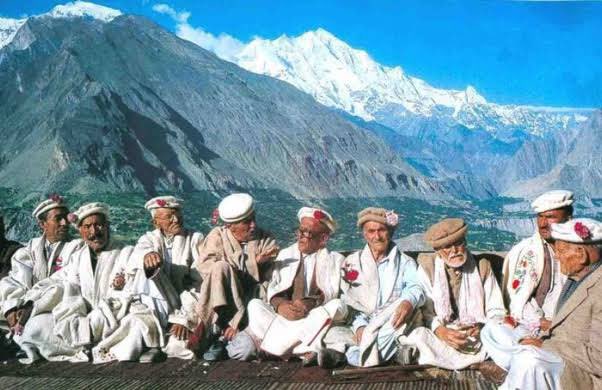
The Faer Princess of the Valley
Another interesting concept was the fact that the Faeries of Chitral are believed to be Muslims! Up until not so long ago it was believed that they joined every Friday to pray congregation in the area of Gahiret; a prayer that could be heard by humans as it commenced.
A story goes that a Chitrali king named Shah Mohtaram Katur was passing through Gahiret when he heard the prayers. Upon closer observation he saw a faery and fell in love. A marriage took place between the faery and human houses and from this was born a daughter: Chitral’s faery princess.
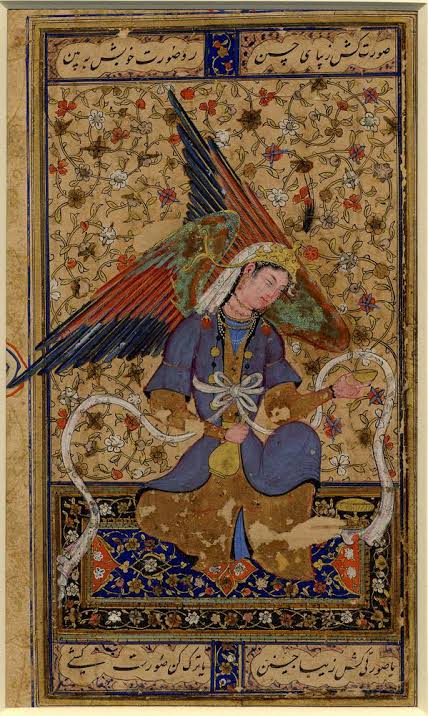
Up until a century ago this faery daughter of the chitrali king was very prominent and was, apparently, seen by people and identified by her beautiful white hair. The interesting thing is, her supposed father lived and died centuries ago!
It is believed that she is alive and that her and her progeny take immense interest in the matters of Chitral, that is why upon times of war the Chitralis played a special tune which also invoked faery warriors to come and go to war alongside our warriors.
It is believed that this faery princess is extremely saddened when the death of a Chitral king draws near and comes down to the old fort of Shoghore to wail, weep and scream in its hall. An attribute which made the British give her the name: the Banshee of Shoghore!
Conclusion
Faeries played many more roles in the archaic mythology of Chitral and are also believed upon by the Kalasha people. Certain dances of the Kalasha during Chilam Joshi festival such as the ‘Chan Legeik’ involves the faeries joining in. We shall cover these and many more in the future.

